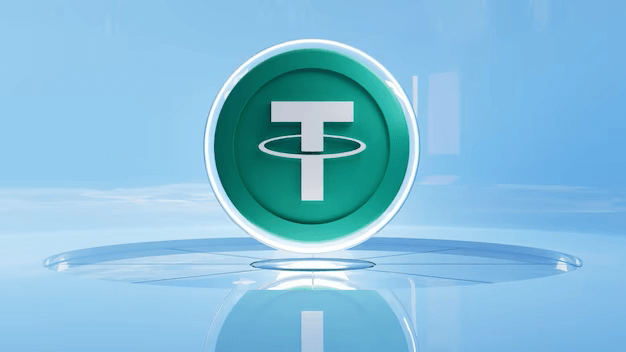STABLECOINS
What is a stablecoin?
A stablecoin represents a category of cryptocurrency whose value is intended to be tethered to a benchmark asset. This could be conventional currencies, commodities traded on exchanges (like gold or other metals), or even another digital currency.
Stablecoins claim to serve various functions. They can be employed for transactions and are generally more stable in value compared to the more volatile digital currencies. However, in reality, numerous stablecoins haven’t maintained their promised stability. Usually, stablecoins don’t accrue interest, which means holders won’t earn interest on their holdings.

How does a stablecoin work?
Stablecoins strive to anchor their market value to an external benchmark, often a traditional currency. As a medium of exchange, they tend to be more practical than their highly volatile cryptocurrency counterparts.
These coins might be tethered to currencies such as the U.S. dollar, to commodities like gold, or they may utilize algorithms to regulate their supply. Additionally, they either back their value with reserve assets or employ algorithmic strategies to manage their circulation.
What is the most popular stablecoin?
Tether was among the pioneers of stablecoins and is the most renowned. It purports to be supported by a tangible dollar reserve—termed as “collateral”—which is situated “off-chain” or in a physical location overseen by a centralized authority. With this collateral securely stored in a banking institution, investors feel assured that each of their tethers equates to a dollar, ensuring price stability.
Impressively, Tether constitutes about 48% of the entire cryptocurrency trading volume. However, there’s a snag: Tether Ltd, the entity responsible for producing Tether tokens, hasn’t definitively verified that the cryptocurrency is fully collateralized, leading to skepticism among its users.
Why have stablecoins become so popular?
They offer relative stability. Since they claim to be backed by traditional currencies, investors can have the assurance that their tokens will maintain a value equivalent to one dollar. The underlying belief is that if the market is convinced these stablecoins have a value corresponding to a dollar, then the price should mirror this conviction.
They act as a refuge for concerned investors. A number of exchanges, with Binance being the most prominent example, restrict traders from purchasing traditional currencies, only allowing cryptocurrency transactions. This creates challenges for investors looking to quickly liquidate their crypto assets in tumultuous times. They might need to navigate multiple exchanges or endure prolonged waits.
YOU CAN WIN $200 EVERY HOUR




